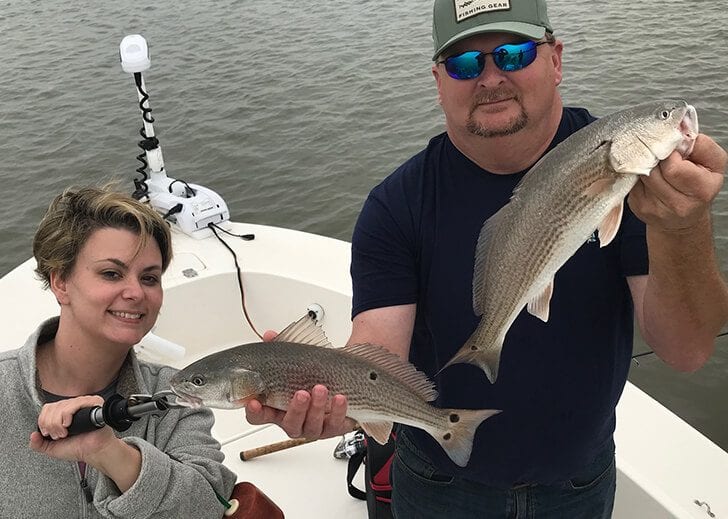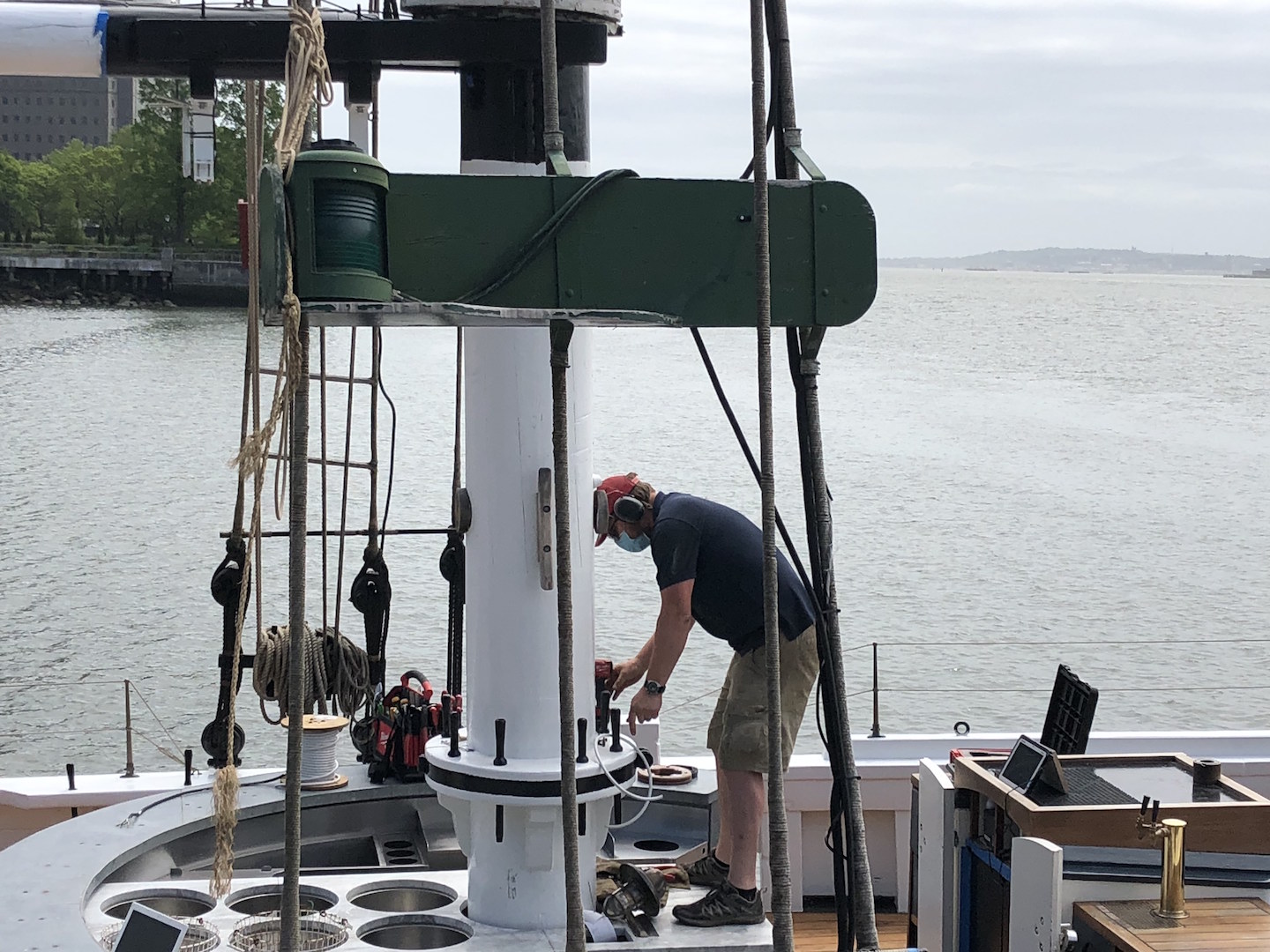

In 1949 Newfoundland joined Canada as a province, and thus Newfoundland's fishery fell under the management of the Department of Fisheries and Oceans (DFO). Additionally, many companies, both foreign and domestic, and individuals had invested heavily in the fishery's boats, equipment, and infrastructure. For many families, it also represented their livelihood: most families were connected either directly or indirectly with the fishery as fishermen, fish plant workers, fish sellers, fish transporters, or as employees in related businesses. Throughout Atlantic Canada, but especially in Newfoundland, the cod fishery was a source of social and cultural identity. In addition to ecological considerations, decisions regarding the future of the fisheries were also influenced by social and economic factors. This led to uncertainty of predictions about the "cod stock," making it difficult for the Department of Fisheries and Oceans in Canada to choose the appropriate course of action when the federal government's priorities were elsewhere. Rather than metrics of megatonnage of harvest, or average size of fish, metrics of the residuum with high variation in the countable population due to sampling error, and dynamic environmental factors such as ocean temperature combined to make it difficult to discern the effects of exploitation to an inexpert regulator. Poor knowledge and understanding of the ocean ecosystem related with Newfoundland's Grand Banks and cod fisheries, as well as technical and environmental challenges associated with observational metrics, led to a misunderstanding of data on the "cod stocks" (meaning residual and recoverable fish). Significant amounts of capelin – an important prey species for the cod – were caught as bycatch, further undermining the survival of the remaining cod stock. Economically unimportant incidental catch undermines ecosystem stability, depleting stocks of important predator and prey species. The trawlers caught enormous amounts of non-commercial fish, which were very important ecologically. The cod were being depleted until the surviving fish could not replenish the stock lost each year. The new technologies adversely affected the northern cod population by both increasing the area and depth that was fished. By the 1960s, powerful trawlers equipped with radar, electronic navigation systems, and sonar allowed crews to pursue fish with unparalleled success, and Canadian catches peaked in the late 1970s and early 1980s. From the 1950s onwards, as was common in all industries, new technology was introduced that allowed fishers to trawl a larger area, fish deeper and for a longer time. For centuries local fishers used technology that limited the volume of their catch, the area they fished, and let them target specific species and ages of fish. This incidental catch undermined the stability of the ecosystem, depleting stocks of important predator and prey species.Ĭapture of the Atlantic northwest cod stock in million tonnes, apart from Canada Ī significant factor contributing to the depletion of the cod stocks off the shores of Newfoundland included the introduction and proliferation of equipment and technology that increased the volume of landed fish.

The trawlers also caught enormous amounts of non-commercial fish, which were economically unimportant but very important ecologically. Cod stocks were depleted at a faster rate than could be replenished. By the 1960s, powerful trawlers equipped with radar, electronic navigation systems, and sonar allowed crews to pursue fish with unparalleled success, and Canadian catches peaked in the late-1970s and early-1980s. From the 1950s onwards, new technology allowed fishers to trawl a larger area, fish more in-depth, and for a longer time. A significant factor contributing to the depletion of the cod stocks off Newfoundland's shores was the introduction of equipment and technology that increased landed fish volume. The Canadian Federal Minister of Fisheries and Oceans, John Crosbie, declared a moratorium on the Northern Cod fishery, which for the preceding 500 years had primarily shaped the lives and communities of Canada's eastern coast. In 1992, Northern Cod populations fell to 1% of historical levels, due in large part to decades of overfishing. It is expected to recover to historical, sustainable levels by 2030.

The Atlantic fishery abruptly collapsed in 1993, following overfishing since the late-1950s, and an earlier partial collapse in the 1970s.


 0 kommentar(er)
0 kommentar(er)
